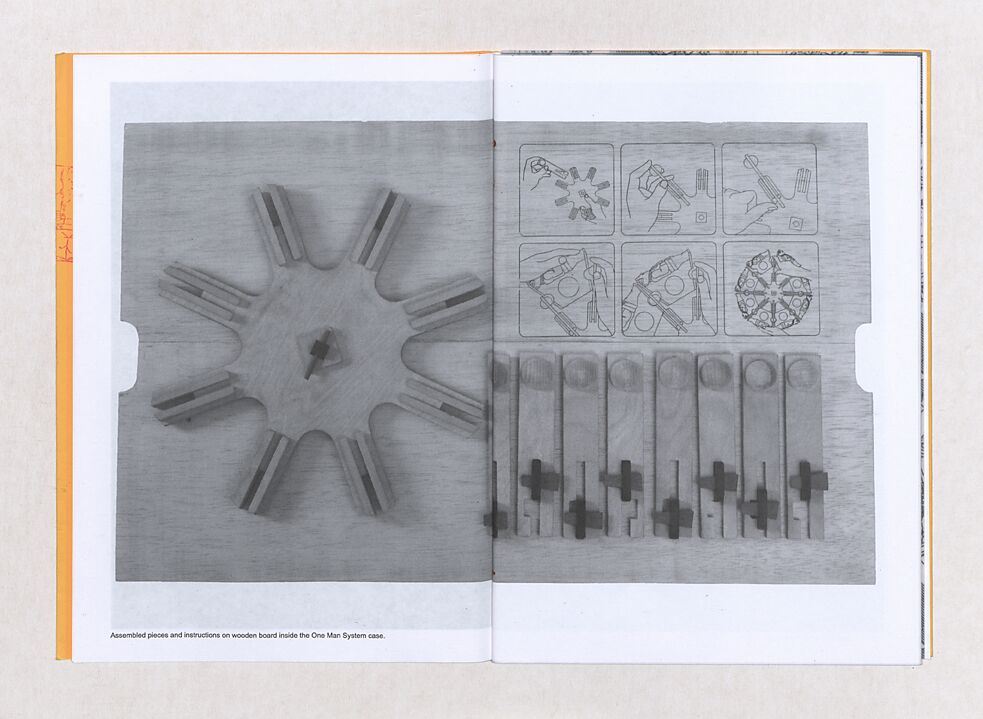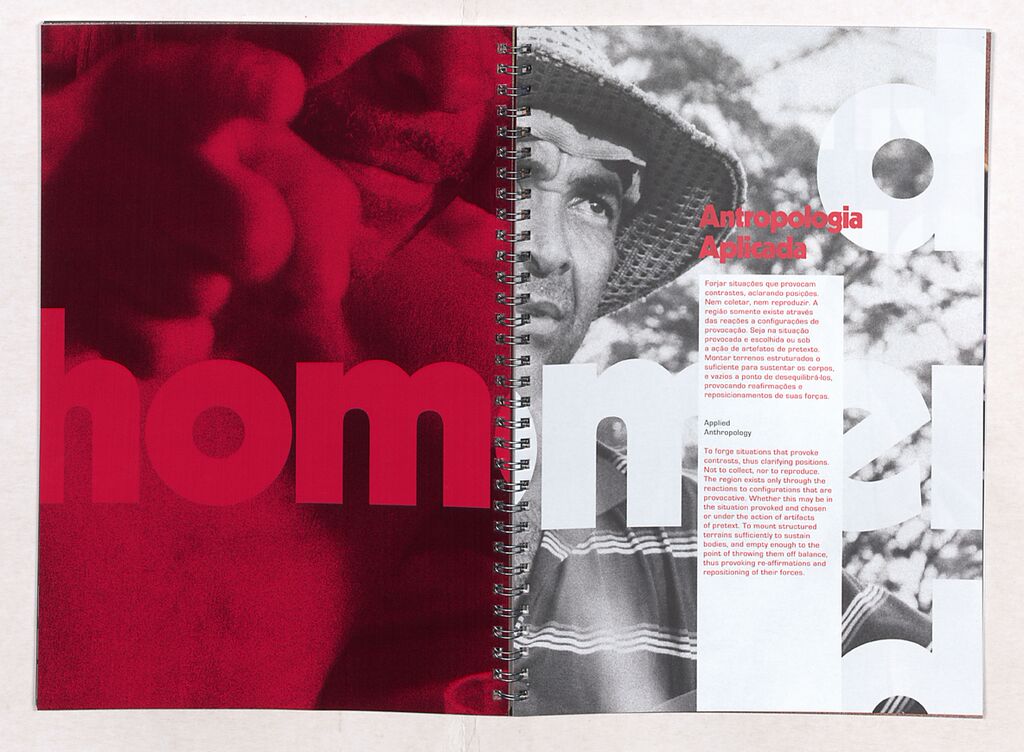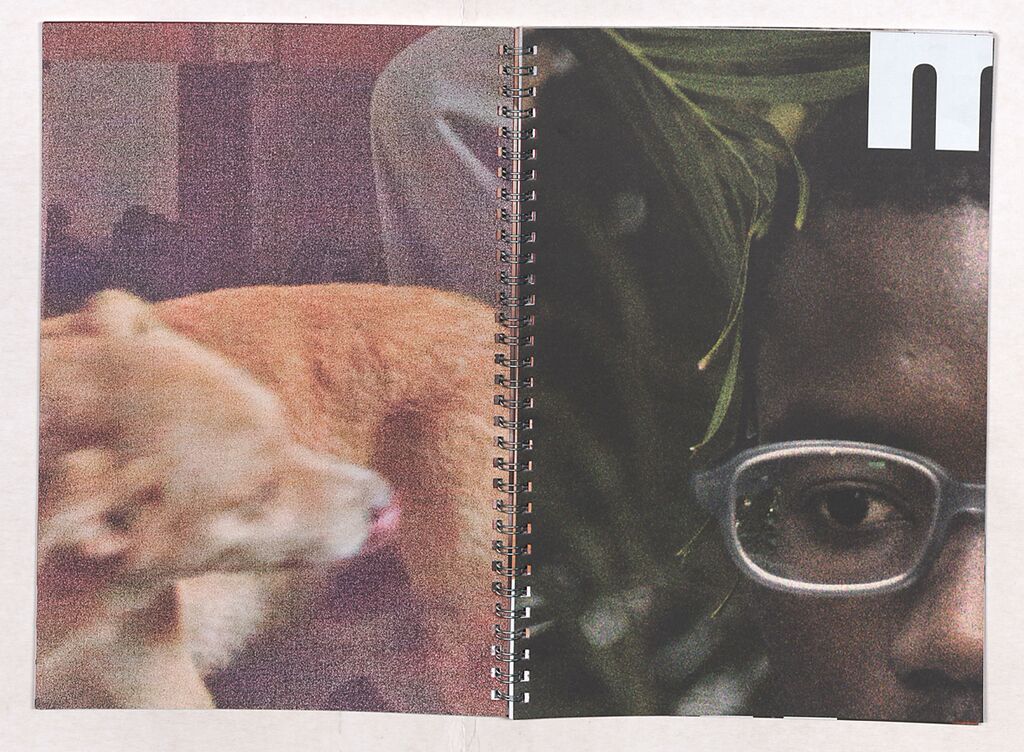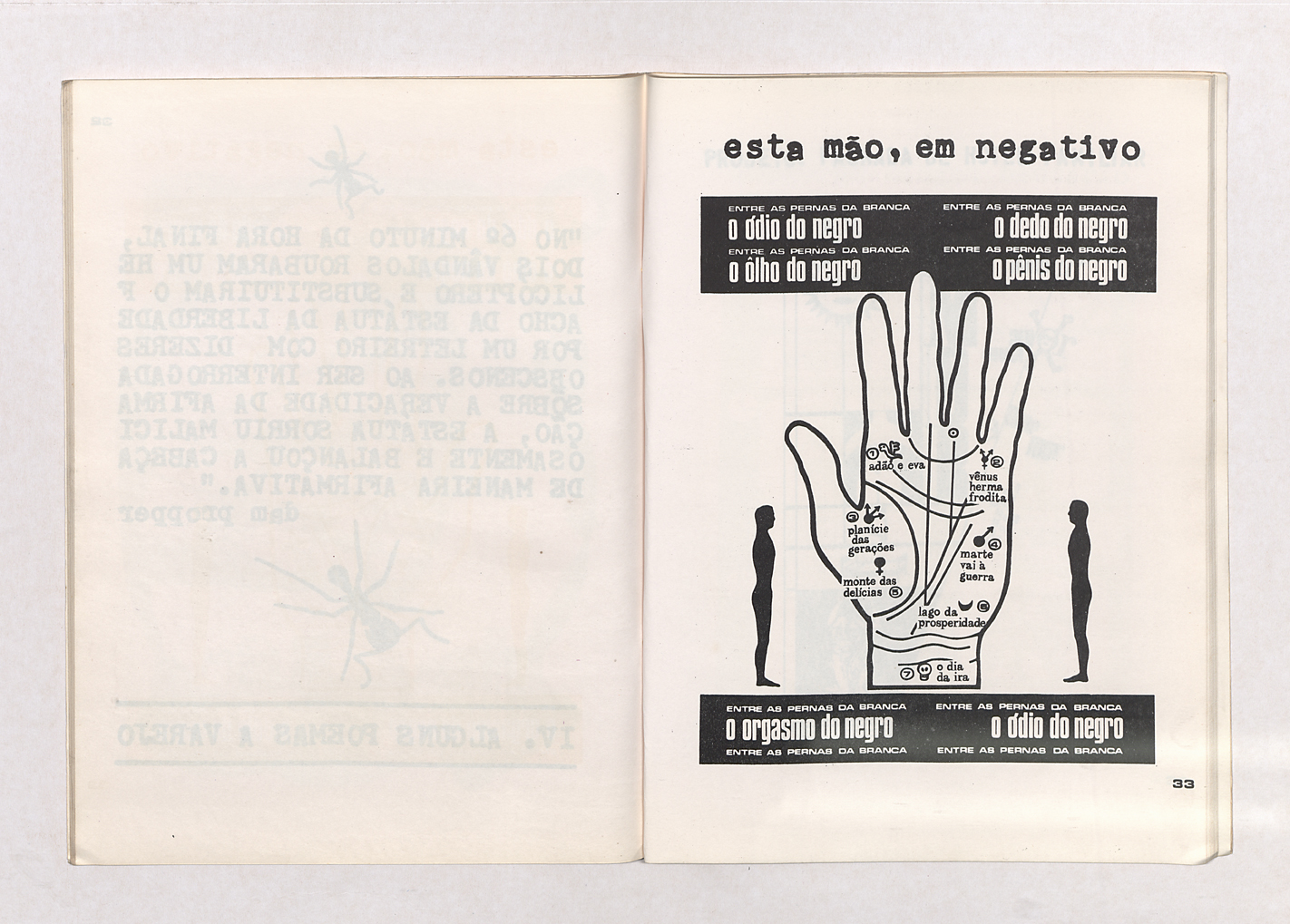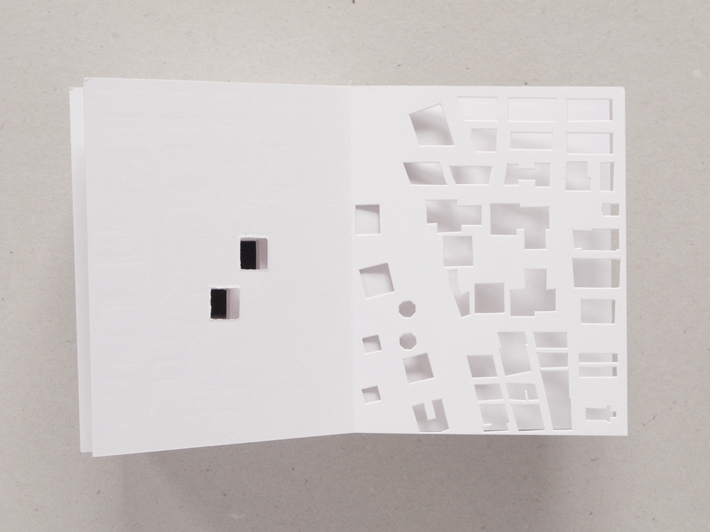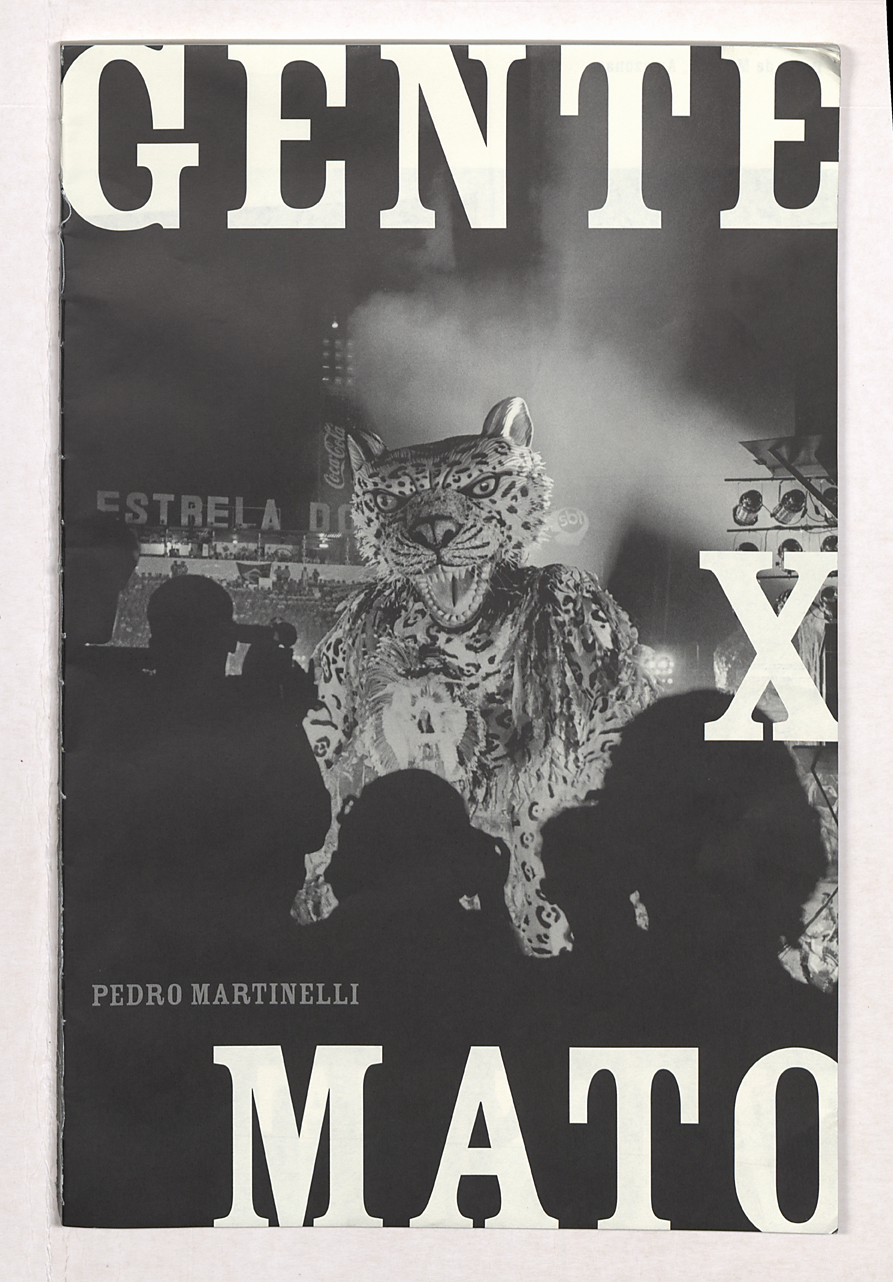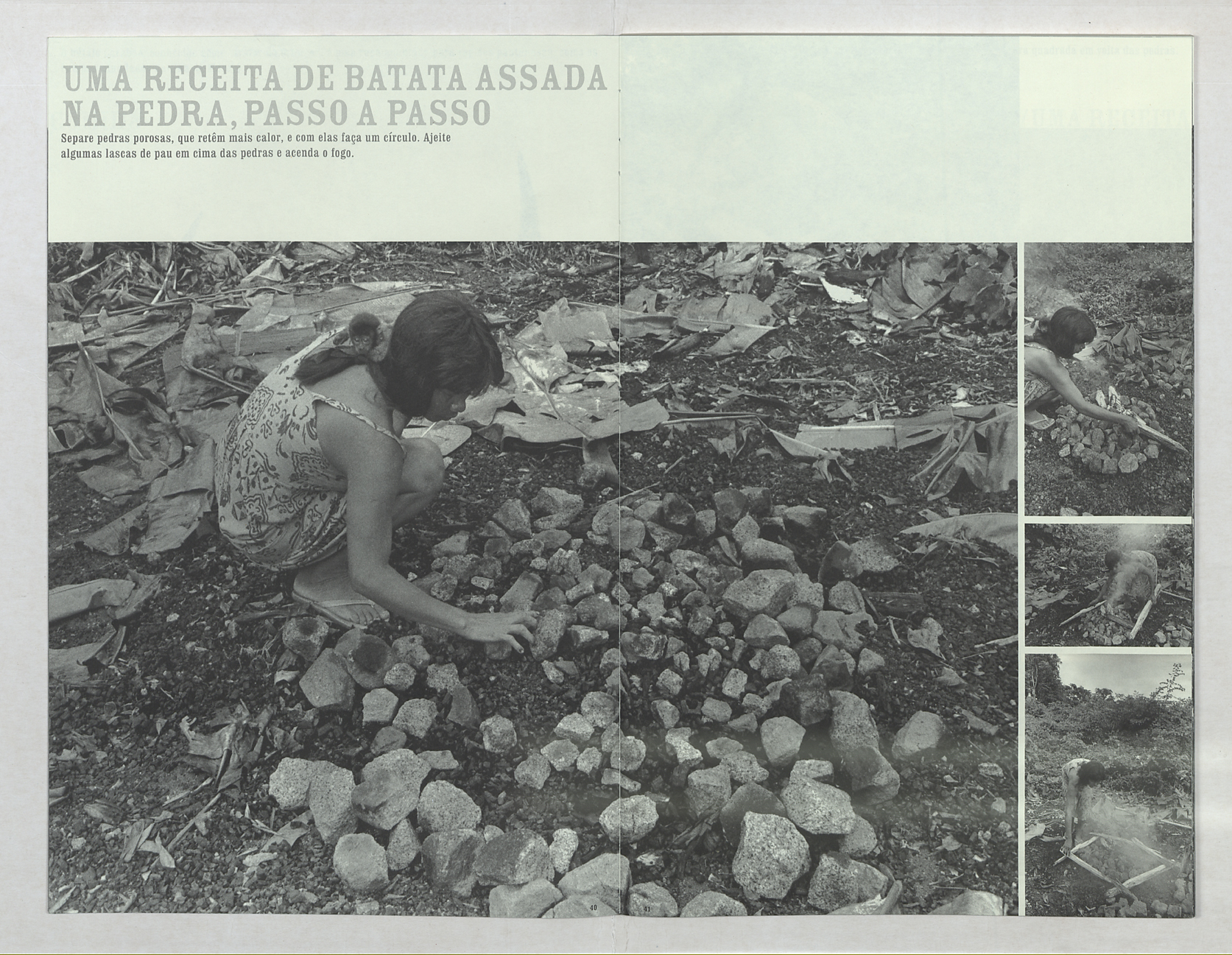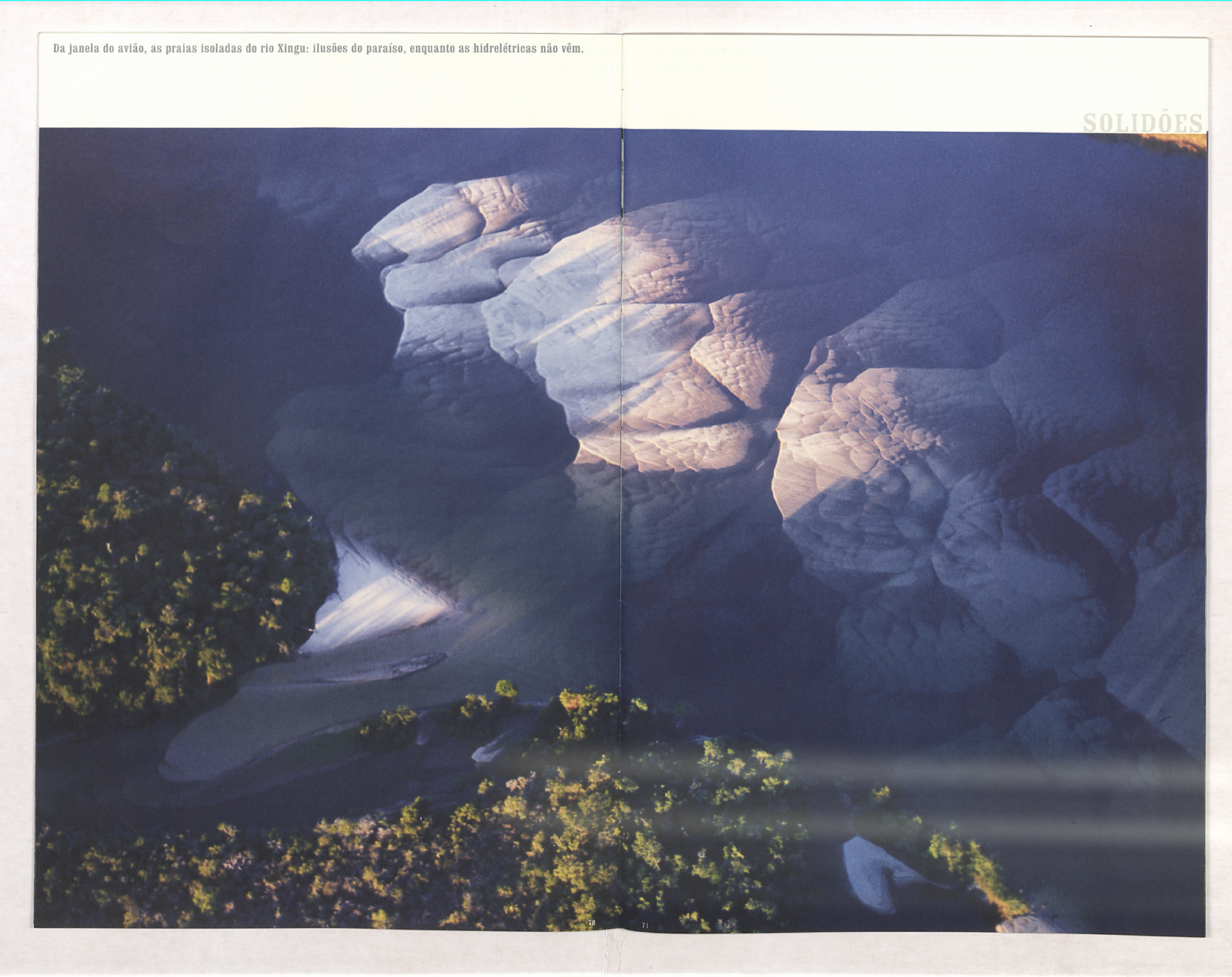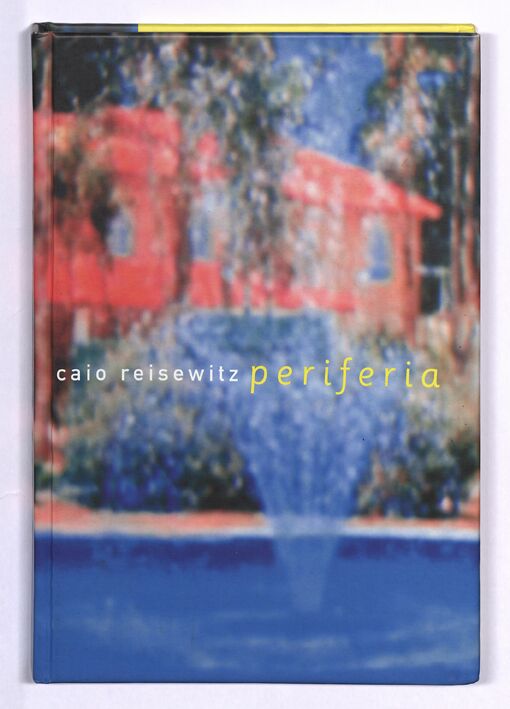
Caio Reisewitz (Caio Christian Reisewitz – São Paulo/SP, 1967)
Periferia
São Paulo: DBA; Galeria Brito Cimino; Grupo Takano, 2002
72 p.
Encadernado, capa dura
idioma: portugês/inglês
3.000 ex.
ISBN-13: 9788590265818
Notas: A realização deste livro foi possível a partir da Bolsa Estímulo recebida no II Premio Cultural Sergio Motta.
O livro de Caio Reisewitz é resultado da seleção de fotos feitas em mais de dois anos, através das quais procurou retratar algo de uma complexidade insofismável, a cidade de São Paulo. Na total ausência de texto, o título indica que se vai tentar empreender isso de modo alternativo já que, desde o primeiro momento, a cidade mal nos deixa detectar referenciais básicos como centro, história, o típico, ou representar-se, por exemplo, por seus habitantes.
Seus aspectos mais pitorescos são jogados contra uma massa monstruosa que, mesmo na bidimesionalidade do negativo fotográfico, permanece como um animal enorme, quieto, mas prestes a acordar e macular tudo com movimentos trágicos (uma poluição visual tão ostensiva que já se aceita como uma epiderme). Assim, poucos elementos contribuem para a consumação da proposta ousada do artista. O resultado, no entanto, não deixa de ser surpreendente, entre outras coisas, por atingir um tom de crônica sem palavras.
Levantando imagens com técnica virtuosística, de localidades inesperadamente bucólicas e toponímia tupi como o Pico do Jaraguá, à apropriação de anúncios de jornal com simulações gráficas de condomínios ainda não construídos, mas devidamente emporcalhados por estrangeirismos siderais e estranhamente de acordo – Noblesse, Miami Gardens, Atuallité… -, acaba-se por se apresentar uma grande cena descontínua.
O sentido de crônica mantém-se porque os assuntos estão na ordem do dia, seja no boletim do telejornal ou na curtíssima florada do ipê pontuando um mês de setembro de terror no âmbito global. O recém desativado Carandiru, por exemplo, cuja entrada emblemática sentencia “Casa de Detenção”, é o pano de fundo da imagem em que um protagonista anacrônico veste roupa de marca, Cristian Dior, e sorri em pose de indiferença irritante. Outros assuntos estão implícitos, como as recentes tentativas de modificações na lei de zoneamento a fim de desimpedir o empreendimento de condomínios verticalizados.
(…)
Em “Periferia”, tem-se um testemunho que, com o tempo, só tende a consagrar o risco da aposta em uma linguagem fragmentária para retratar o lugar onde se vive, em que a paisagem original em cor sépia ou verde “atlântico” e o rosa gritante dos classificados se apaziguam na locução sem palavras do incompreensível: ao pé da montanha, grupos se preparam para viver em um lugar que ainda não existe, mas que parece de uma sensualidade apavorante.
Rafael Vogt Maia Rosa, 2002





